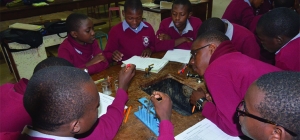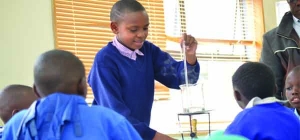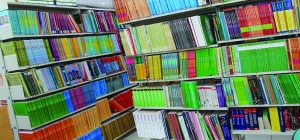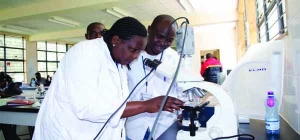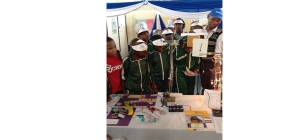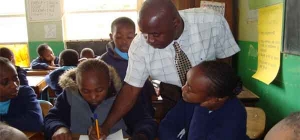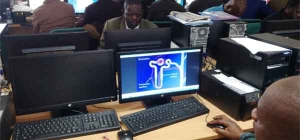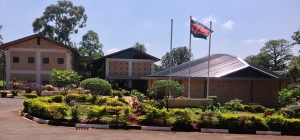CEMASTEA has variety of innovations and in this demonstration, a national trainer is explaining to students how a Pinhole camera operates.
A pinhole camera is a simple camera without a lens and with a single small aperture, a pinhole – effectively a light-proof box with a small hole in one side. Light from a scene passes through this single point and projects an inverted image on the opposite side of the box.
A pinhole has the ability to function like a glass lens because it excludes all light rays which are not reflecting off the subject that the camera is pointed at. When light hits an object, it is scattered in all directions; this is why the object is visible from any angle. If all this light was entering a camera and hitting the film, no image would be produced. The light needed for a photo has to be aligned to make a focused image. The pinhole excludes light rays from all irrelevant angles and only allows through rays which are almost perfectly aligned from the subject through the pinhole to the film.

For example the above image show a clear explanation on how the inversion occurs. The yellow lines are light rays. Note that they cross at the pinhole and produce an inverted image. In our case, the arrow will be viewed as inverted, that is, arrow facing up.
In areas of scarce or limited resources, teacher can engage pupils in groups for practical lab lessons.
When the pupils are engaged in practical lessons they not only understand what they are taught but also remember.............
CEMASTEA has a fully loaded library equiped with approved books and a quiet conducive environment...........................
One of the key factor identified as the main cause of poor performance in biology subject is lack of lab facilities...............................
Learners keenly following explanation of science abstract concept on the solar system that is concretized by use of improvised solar system model during the Nairobi international trade fair-2014. CEMASTEA has from 2004 participated in the agricultural and trade fairs and displays the improvised materials at the Ministry of Education stand.
Among the displays shown here are
• The wave generator
• Suspended pins
• Solar system and
• Pin hole camera
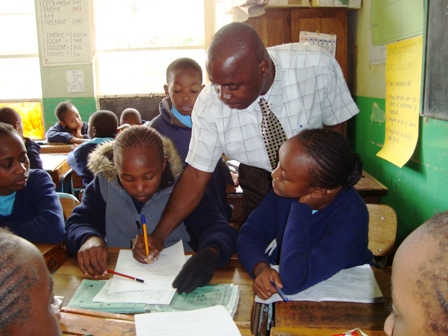
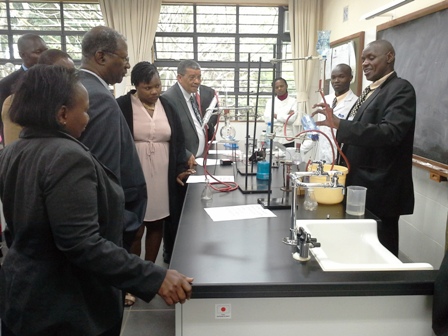
Honorable Members of Parliament from Namibia tours CEMASTEA Training facilities. The delegation from the Parliamentary Committee on ICT visited the Centre on 26th June 2014.
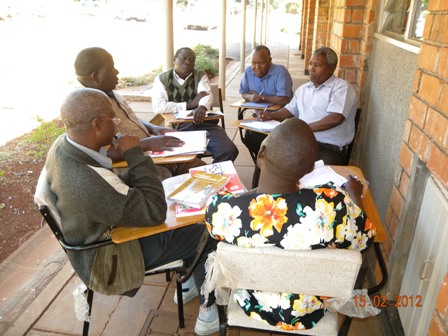
These PTTC tutors are SMASE trainers at the Regional Centres at County level. Collaboration is one of the 21st century skills that is being advocated by CEMASTEA to make classroom delivery more learner-centred.
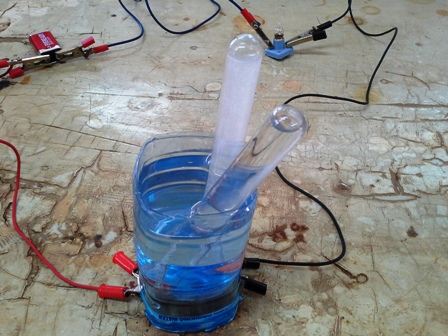 The improvised apparatus is made to help schools without conventional apparatus to demonstrate the process electrolysis. Lack of conventional apparatus can be solved through improvisation.
The improvised apparatus is made to help schools without conventional apparatus to demonstrate the process electrolysis. Lack of conventional apparatus can be solved through improvisation.


